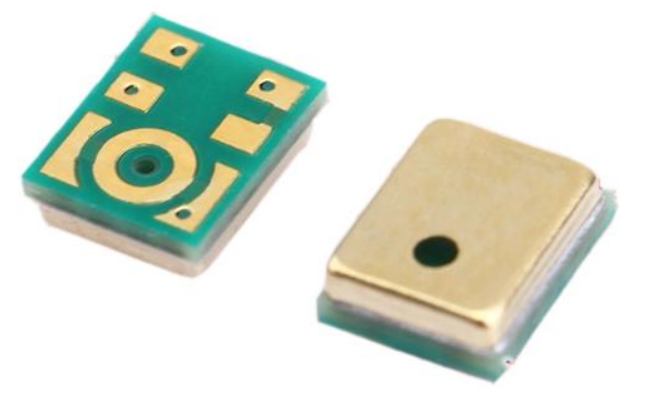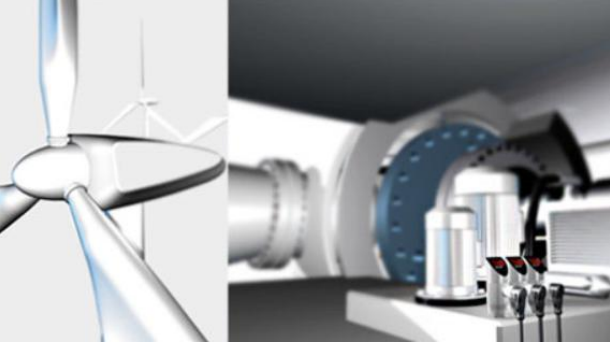

Simplify Pressure Sensor Characterization Testing with a Source measure Unit (SMU)
Simplify sensor characteristics analysis, improve test efficiency solution enquiry
Classification of pressure sensors
A pressure transducer (Pressure Transducer) is a device or device that can sense a pressure signal and convert the pressure signal into an available output electrical signal according to a certain rule. The pressure transducer is usually composed of a pressure sensitive element and a signal processing unit. There are four common pressure sensors: strain gauge pressure sensors, piezoresistive pressure sensors, capacitive pressure sensors, and piezoelectric pressure sensors.

Covering a wide resistance test range from Ω to GΩ
Semiconductor pressure sensor is a device that uses the mechanism that the resistivity of semiconductor materials will change under the action of external force to detect. It has the characteristics of high sensitivity, corresponding block, good stability and simple use. It is widely used in various An industrial automatic control environment, involving water conservancy and hydropower, railway transportation, intelligent buildings, production automatic control, aerospace, military industry, petrochemical, oil well power, ships, machine tools, pipelines and many other industries.
According to different materials, the semiconductor pressure sensor has a large resistance span, covering the range of Ω~GΩ. Sorting pressure sensors of different materials requires an efficient detection scheme.

"Five-in-one" digital source measure meter to help improve test efficiency
I-V testing involves applying a voltage or current to a device under test (DUT) and testing its response to the stimulus. Depending on the device under test (DUT), signal levels can be quite low, requiring highly sensitive source and measurement instrumentation and test techniques that minimize external sources of error, and require fast test speed and high test reliability Make sure.
Usually, pressure sensor I-IV characteristic test needs several instruments to complete, such as digital meter, voltage source, current source and so on. However, a system consisting of several instruments needs to be programmed, synchronized, connected, measured and analyzed separately, which is complex, time-consuming and takes up too much test bench space. Moreover, the use of single-function test instruments and excitation sources also has complex mutual trigger operations, greater uncertainty and slower bus transmission speeds.
One of the best tools for performing I-V characterization is a source measure meter (SMU). The Source measure Meter can be used as a stand-alone constant voltage or constant current source, voltmeter, ammeter, and ohmmeter, or as a precision electronic load. Its high-performance architecture also allows it to be used as a pulse generator, waveform generator, and automatic current-voltage (I-V) characterization system, supporting four-quadrant operation.
Flexible Resistance Measurements with Source measure Meter SMUs
Since 2015, PRECISE has been committed to the research of digital source measure meters, and took the lead in realizing the localization of digital source measure meters in 2019. It has successively launched products such as high-precision digital source measure meters and plug-in source measure meters. Through different technology combinations , can realize the diversification and optimization of product portfolio solutions, meet different customer needs from cost to performance, and help users easily solve various problems and needs encountered in pressure sensor testing, such as:
(1) Real-time test the response sensitivity of the resistance value of various materials under the same pressure condition;
(2) Under low voltage, the resistance measurement of the lower and higher range spans (Ω, KΩ, MΩ, GΩ) is performed, and the input resistance of the test equipment is required to be high;
(3) I/N curve scanning;
(4) The upper computer displays the R/t curves of different piezoresistors in real time, and can record and archive them.
Frequently ask questions
(1) Is it necessary to use the 4-wire wiring method when testing?
Generally not necessary. The research and development of pressure sensors is to identify the most pressure-sensitive materials and study their characteristics. The resistance of the pressure sensor is much greater than the resistance of the wire, so there is no need for four-wire wiring.
(2) Can the multimeter be used to test the pressure sensor?
Multimeters are generally only suitable for static tests to determine resistance. For large-scale and dynamic research and development, digital source measure meters are the best choice. The high-precision source measure meter independently developed by Proceed has the advantages of large dynamic range, high input impedance, etc., and can cover the pressure sensor test requirements of different resistance ranges from Q to GQ.
(3) Compared with the resistance meter, what are the advantages of the source measure meter?
Both the source measure meter and the resistance meter can convert the resistance through IⅣ measurement, but the resistance meter only supports the constant current voltage measurement mode, while the source measure meter supports both the constant current voltage measurement and the constant voltage current measurement mode; secondly, the minimum current of the resistance meter is only It can reach the nA level, while the PRECISE Digital Source measureMeter supports the pA level current output/measurement capability.
(4) What are the characteristics of the multi-channel R/t test host software?
Support ≤40 channels to draw R/t characteristic curve synchronously and in real time; support constant current source or constant voltage source custom linear output mode switching; resistance value range dynamic and automatic change; with timing scanning and continuous testing functions; test frequency can be adjusted according to NPLC value It also has adjustable multi-point data smooth R/t curve switching; supports test data export; supports Ethernet, RS-232, GPIB fast connection communication, etc.